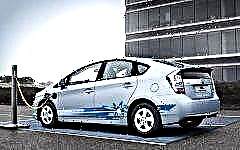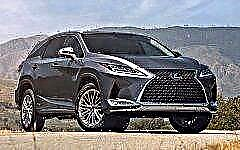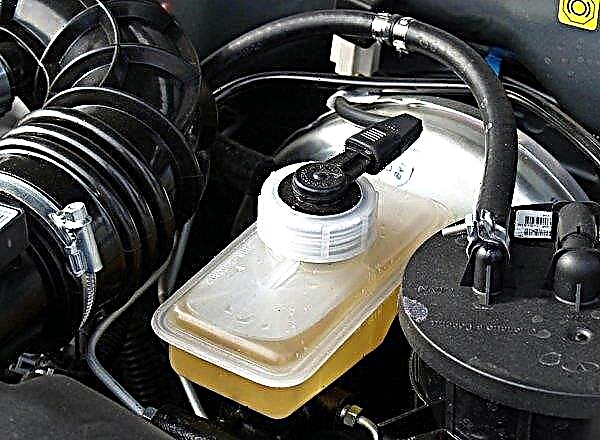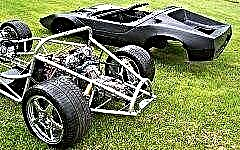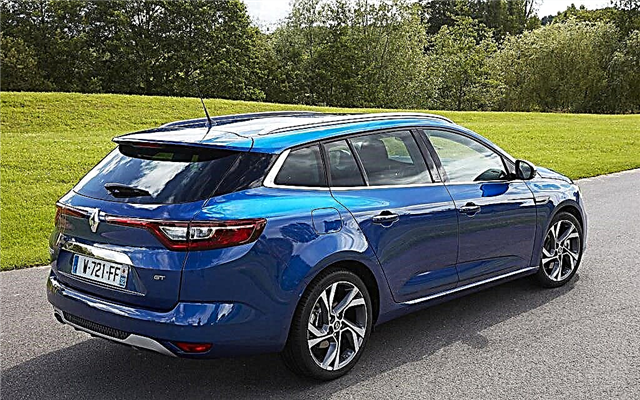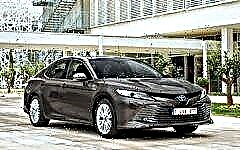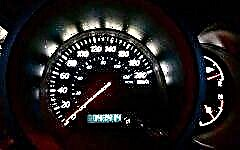

The content of the article:
- True or not
- Modern technologies
- Advantages and disadvantages
It would be too banal to say at what mileage the car should be changed. It is different for each brand and model, rather than something common to all cars. There is a theory that, on average, after 100 thousand kilometers, the car needs to be changed, otherwise problems will begin to appear more and more often. Who and when launched this theory among drivers is unknown, but there are definitely pros and cons.
True or not about mileage and car sales

As already mentioned, there is a theory that after 100 thousand kilometers the car starts to break down more often, and the most unpredictable situations are possible. On the one hand, this is true, since most cars, the mileage limit under warranty was set precisely in these 100 thousand km. Often, the period is the moment of replacing the timing belt or chain, at the same time the chassis wears out and requires replacement of parts.
If you take into account that the repairs will be carried out in the official service center of the manufacturer, and not on your own, then it is worth preparing a round sum, which may come out more expensive than the parts themselves. Therefore, cunning car owners or not clean on hand are trying to sell the car before such a run, thereby shifting the problems onto the shoulders of the new owner.
To say that a car should be sold closer to 100 thousand mileage is not true for most car models. As an example, a record was recently set on a Tesla electric car, on which the owner drove 900 thousand kilometers and the most serious repair was the replacement of the battery pack.

In fact, linking a car's mileage of 100 thousand kilometers and the need to sell it is probably not true. Many factors depend on the make, model of the car and how the driver looks after the car. You can find a car that has traveled 40-70 thousand kilometers, and as of now, it looks all 400 thousand kilometers, sometimes on the contrary, as if it was bought from the salon.
Modern new cars, which are massively sold in Russia and neighboring countries, have given no less fire to the theory. The manufacturers of such cars have put a warranty period of 100,000 km or a 5-year warranty. Having reached such an indicator on the odometer, the owner will try in every possible way to sell it. If under warranty you can safely go to a service center, after the end of the warranty, not everyone will want to repair the car on their own, it may break, something expensive. To assert that the mileage limit of 100 thousand kilometers is a "hint" to sell a car is more likely a lie than a reason to rush to sell a well-groomed car.
Modern technologies VS vehicle mileage

It is no secret for drivers that the more technologically advanced the car and the more modern its development, the more expensive its maintenance will be. Many auto manufacturers use a marketing ploy, thus long ago moving away from the principle of reliability and long service life of cars. The result - the availability of modern electronics and mechanisms significantly reduce the real life of the machine.
Modern auto manufacturers do everything so that the owner of a new car visits the official service center as little as possible during the warranty period, after the expiration of the warranty period, let the car, although it breaks up into parts, just not to be repaired at the expense of the manufacturer. The faster and more often such a car breaks down, the more likely it is that the owner will sell it and come to the salon for a new car. Accordingly, history will repeat itself and "Cinderella" at the end of the warranty period will turn your car into a "bucket of bolts".

It turns out that the reliability of a car for most modern auto manufacturers is the last thing on the list and is taken into account at the time of creation. As an example, for new BMW cars that are sold on the Russian market, the warranty period is 50,000 kilometers. This is how much the average owner of a showroom-bought Bavarian car drives. Thus, it turns out that such famous cars turn into trash even before the 100,000 kilometers traveled, which the theory says. Another example, many automakers have en masse begun to install small engines on large cars. Up to the moment that on SUVs there is a unit with a volume of 1.3 or 1.0 liters. These engines are paired with several turbines, as well as a robotic transmission. Anyone who understands cars is no secret, such "robots" often do not live up to the end of the factory warranty, and so they will pull finances from the owner after the warranty expires. Before talking, a new car is better than an old one, you need to think 100 times, especially on certain models.
Pros and cons of the theory of selling a car

There are pros and cons, and the theory of mileage at which the car should be changed was not spared. We can highlight the main pros and cons of such a mechanism, and what to expect after the sale. Among the plus is definitely buying a fresher car, with a minimum mileage, better performance and of course a fresh design, and modern security / comfort systems.
If your car starts to rust, break down often and simply fail in different situations, yes, think about changing your vehicle. In the case when the idea just came to get a new car, it is worth hanging all the pros and cons, since the new car may turn out to be worse than the existing one, and in the future you will be idle at the service station for days.

The main theory, proven by time, is that a large car should be equipped with a powerful engine. In pursuit of economy, the manufacturer completely forgot about reliability. An example of this is the new massive Mecedes-Benz GLB crossover, under the hood of which a 1.3-liter unit is hidden. According to preliminary data, it will be enough for a maximum of 60-80 thousand kilometers.
So, the advantages of the theory that a car is worth selling, has reached a mileage of 100,000 kilometers - this is the purchase of a newer and fresher one, a change in the generation of a model or even a brand, as well as minimization of service costs. Among the minuses, it is worth noting that new cars are not always reliable, and those cars that have exceeded 100 can leave more than one hundred thousand kilometers without particularly costly repairs. Conclusion: the boundary mileage of a car is on average 100,000 km, so that it should be changed, but it all depends on the make and model of the car. The mileage may be higher, sometimes less. Therefore, to start selling a car, it is better to look at its general condition rather than its mileage.

